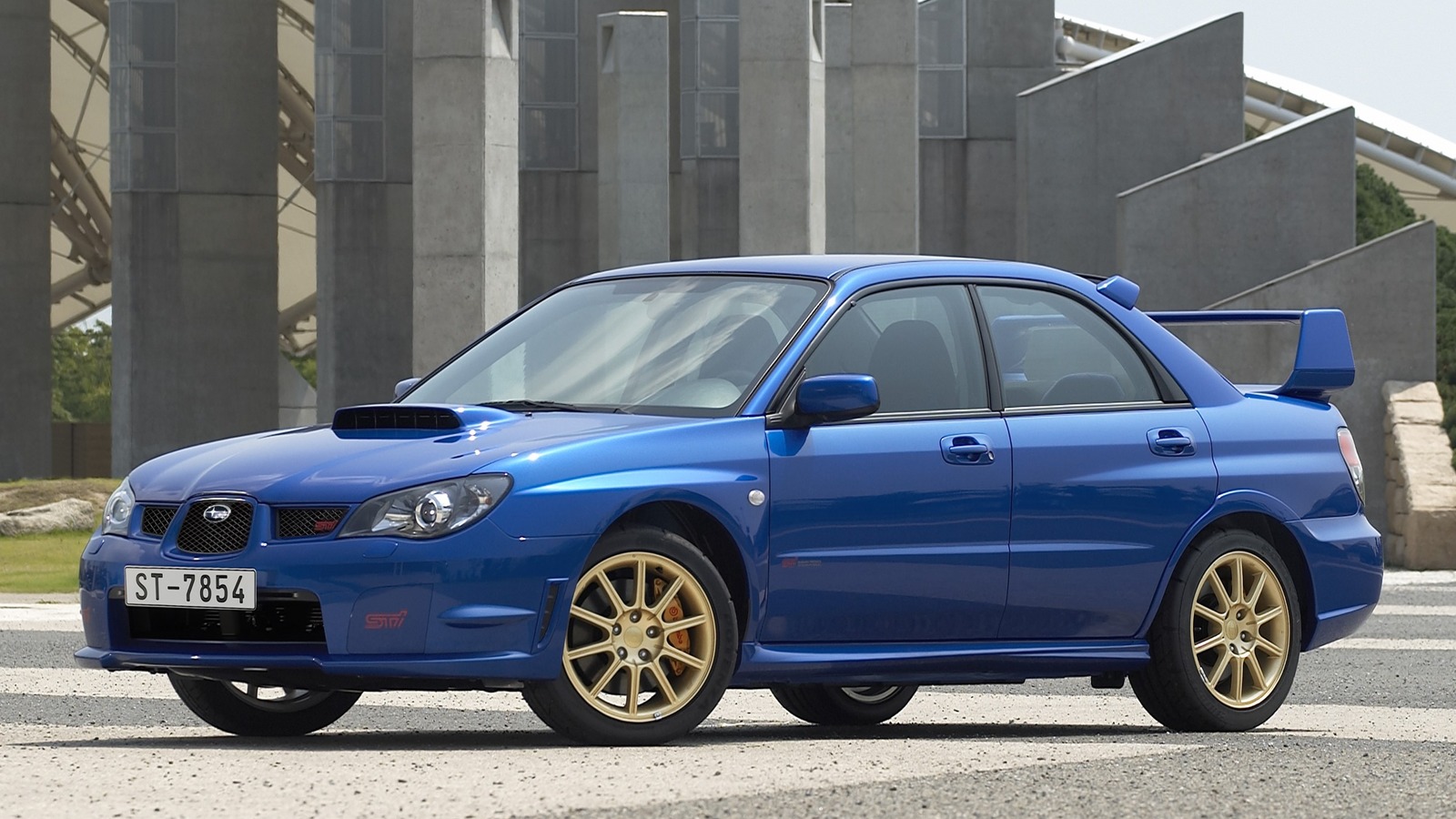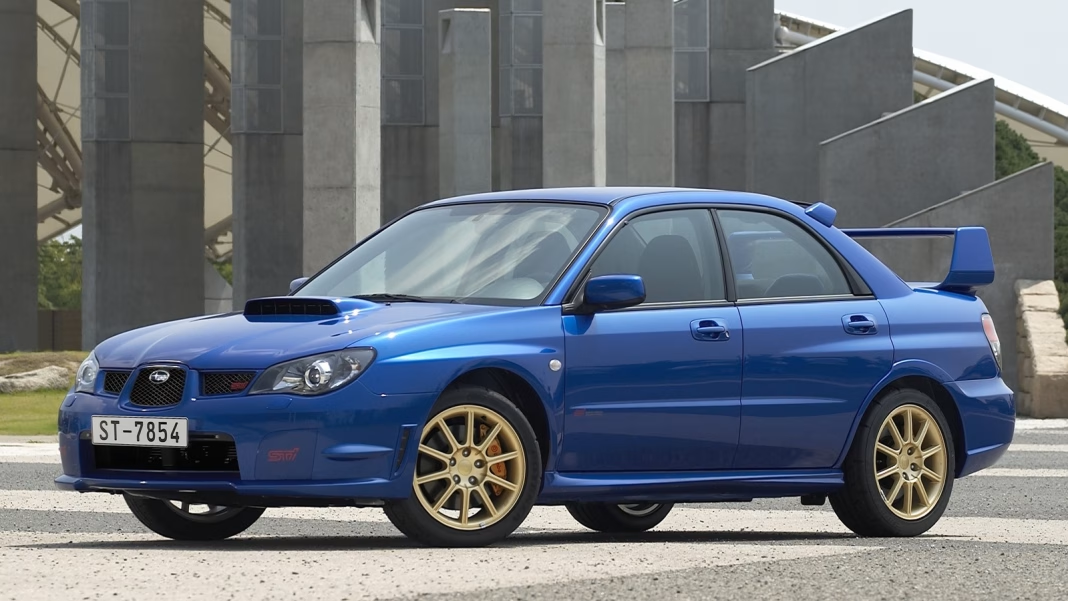What Should Parents Really Look for in a Car for Their Teen?
Handing over the keys to your teen is a big milestone, and it’s natural to feel a mix of pride and anxiety. The question isn’t just whether your teen needs a car, but what kind of car will keep them safe, confident, and (let’s be honest) not cost you a fortune in repairs or insurance. Let’s break down what matters most when picking out a vehicle for a new driver.
Is Safety the Top Priority for Teen Drivers?
Absolutely. Safety isn’t just a buzzword—it’s the foundation of your decision. According to the Insurance Institute for Highway Safety (IIHS), teen drivers are nearly three times more likely to be involved in a fatal crash than drivers over 20. That’s why features like electronic stability control, anti-lock brakes, and a solid crash-test record aren’t negotiable.
But don’t just rely on the latest model year. Many used cars from the last decade offer advanced safety tech at a fraction of the price. For example, a 2016 Honda Civic or Toyota Corolla often comes standard with side-curtain airbags and stability control. These aren’t luxury features anymore—they’re essentials.
How Much Power Is Too Much Power?
It’s tempting to think a zippy engine will help your teen merge safely, but more horsepower usually means more temptation to speed. The National Highway Traffic Safety Administration (NHTSA) recommends sticking to four-cylinder engines for new drivers. They’re easier to handle and less likely to encourage risky behavior.
Real talk: Your teen doesn’t need a turbocharged sports coupe. A reliable sedan or compact SUV will do the trick, and you’ll sleep better at night knowing they’re not drag racing at stoplights.
What About Reliability and Cost of Ownership?
No one wants to spend every weekend at the mechanic. Brands like Toyota, Honda, and Mazda have earned their reputation for reliability, and Consumer Reports consistently ranks their older models as top picks for families. Look for vehicles with a proven track record—think Toyota Camry, Honda Accord, or Mazda3.
Insurance is another biggie. Premiums for teens are already high, but you can keep costs down by choosing a car with a strong safety record and modest repair costs. Avoid flashy models and stick to mainstream brands. Your wallet will thank you.
Should You Buy New or Used?
There’s no shame in going pre-owned. In fact, a gently used car (three to five years old) often hits the sweet spot between modern safety features and affordability. Depreciation is steepest in the first two years, so let someone else take that hit. Plus, certified pre-owned programs from reputable dealerships offer extra peace of mind with extended warranties and thorough inspections.
If you’re worried about hidden issues, invest in a pre-purchase inspection from a trusted mechanic. It’s a small price to pay for confidence.
Are There Hidden Perks to Certain Car Types?
Absolutely. Hatchbacks and compact SUVs offer more cargo space for sports gear or college move-ins, while still being easy to park and maneuver. All-wheel drive can be a lifesaver in snowy climates, but it’s not essential everywhere.
Don’t overlook tech, either. Features like Bluetooth (for hands-free calls) and a backup camera aren’t just convenient—they help reduce distractions and improve visibility. But skip the giant touchscreens and infotainment systems that can pull your teen’s attention off the road.
How Can You Involve Your Teen in the Process?
Letting your teen help research and test-drive cars teaches them responsibility and gives them a sense of ownership. Set clear boundaries—like budget and non-negotiable safety features—but let them weigh in on color, style, or tech preferences. It’s a great way to start conversations about safe driving habits, too.
The big takeaway? Choosing a car for your teen isn’t about perfection—it’s about smarter adjustments. Start with one change this week, and you’ll likely spot the difference by month’s end.


